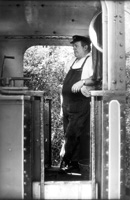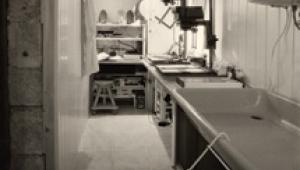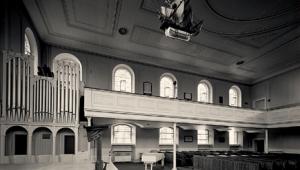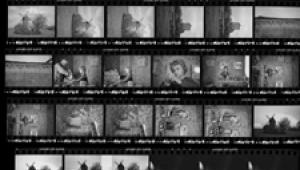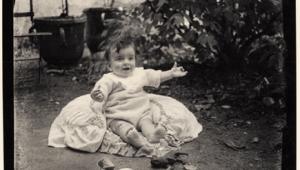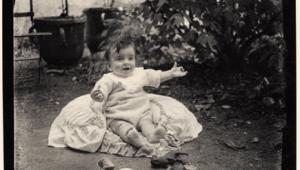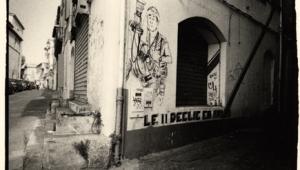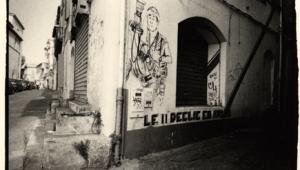The Darkroom
Nightmare Negs
Everyone gets them: negs
that just won't print. Sometimes, you can see why: they are hopelessly
thin; far too contrasty; or flat and muddy. At other times, they look
fine. You can have plenty of detail, just the right contrast, and still
not get a good print. Assuming this isn't an option, the first thing to do is to get rid of your preconceptions about paper grades. More than once, I have made really good prints from really bad negatives by going to Grade 5--and graded paper at that, because Grade 5 graded is harder than Grade 5 on variable contrast. (For the technically minded, ISO(R) 35-40 instead of ISO(R) 40-45.) Other times, I've had to go to 00--and here, of course, the variable contrast papers are softer. Prints from overly-contrasty negatives on ultra-soft paper are rarely as successful as prints from thin, flat negatives on ultra-hard paper, but you can still make a perfectly acceptable print, most of the time. |
|||
Try Different Papers Matching Paper And
Film |
|||
Check Your Paper Developer Slow It Down |
|||
Try Another Size Darkroom Procedures |
|||
|
